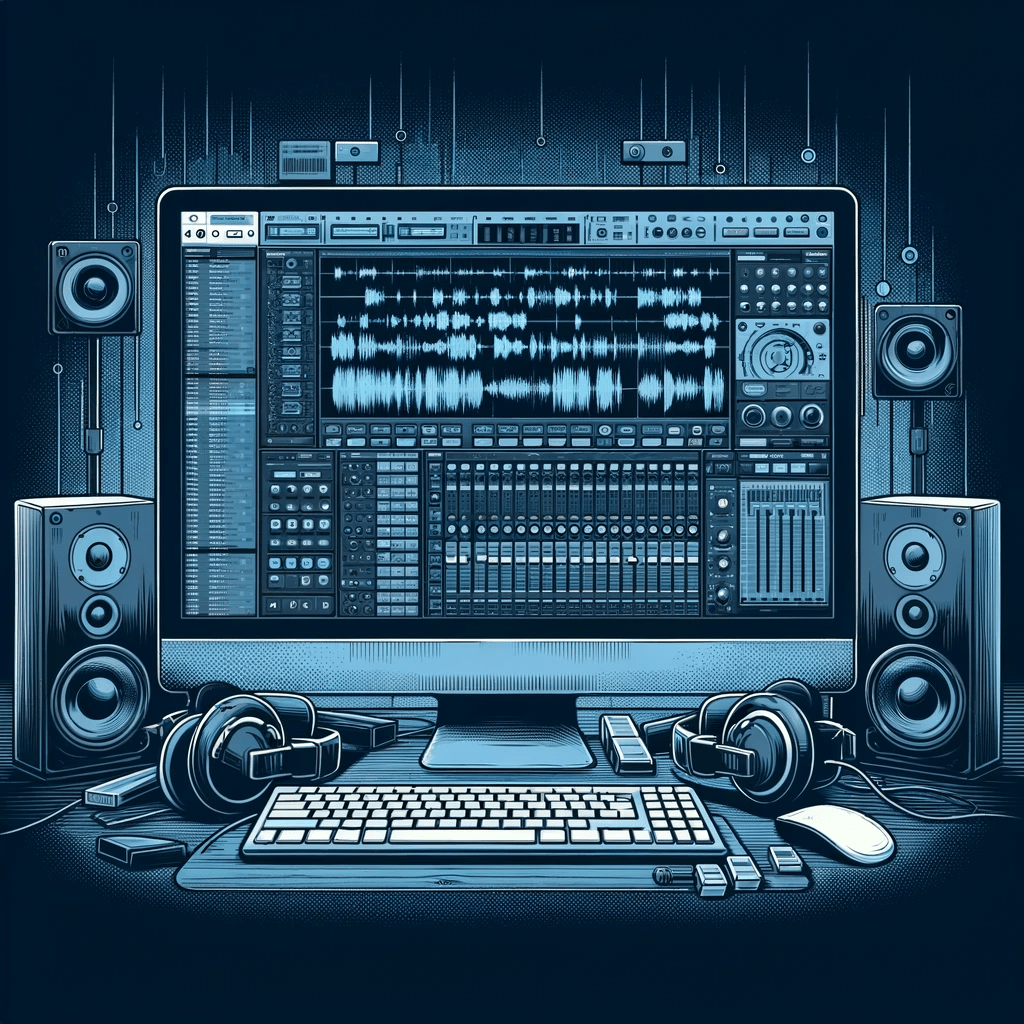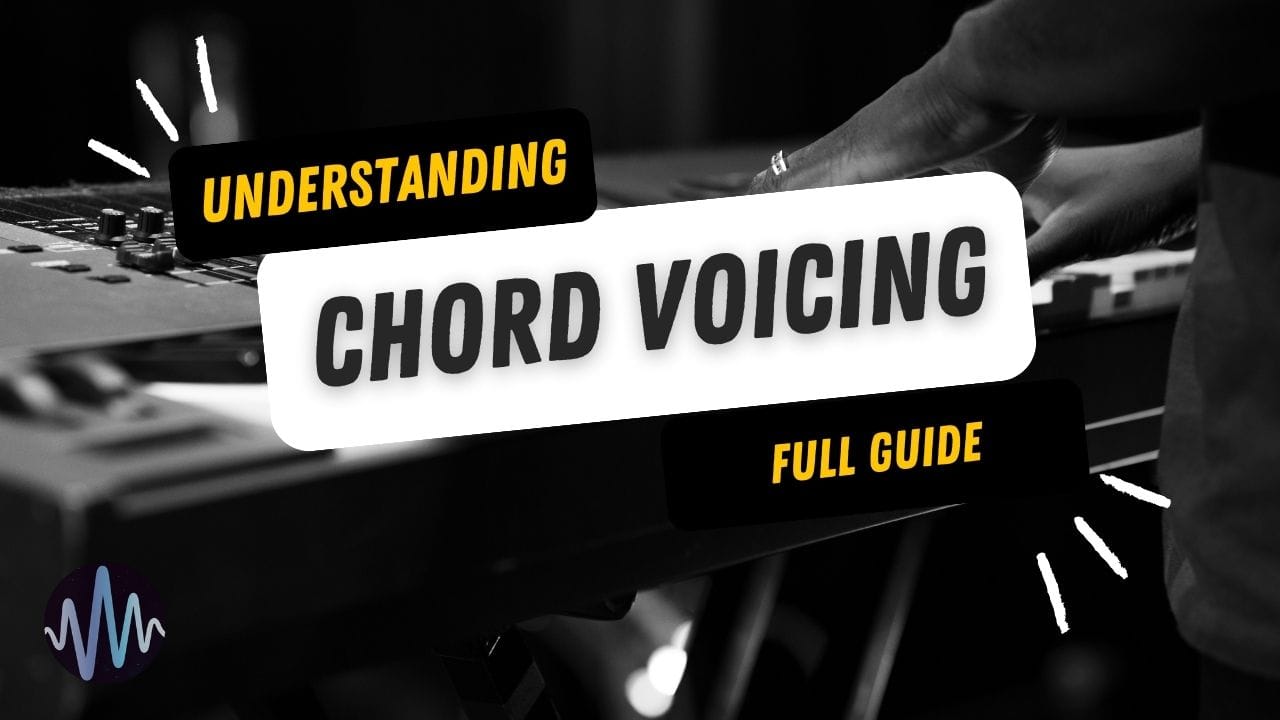Sampling has long been a cornerstone of hip hop and RnB, breathing new life into classic tracks and creating fresh, innovative sounds. Let's explore the world of sampling and its profound influence on these genres.
The Origins of Sampling in Hip Hop & RnB
In the 1970s, DJs in the Bronx began experimenting with loops from older records, creating a rhythmic backdrop for MCs to rap over.
This innovative technique laid the groundwork for hip hop. Over time, artists like Grandmaster Flash and Dr. Dre used samples from soul, funk, and jazz records, giving hip hop and RnB their distinctive sound.
The Essence of Modern Melodies
Sampling involves taking a segment from an existing track and embedding it into a new composition. This technique allows artists to pay homage to their musical influences, adding depth and complexity to their work.
Modern chart-toppers often owe their success to the samples they incorporate. Tracks like Kanye West's "Stronger" or Rihanna's "Don't Stop the Music" showcase the seamless integration of old and new.
The Technical Aspects of Sampling in Music Production
Flipping a sample involves transforming it. Producers chop, pitch, and add effects to the original piece, often making it unrecognizable. This process allows them to put their unique stamp on the track.
With advancements in technology, sampling has become more accessible. Software like Serato Sample and Ableton Live has streamlined the process, allowing artists to experiment with samples in real-time.
The Legal and Ethical Dimensions
Using someone else's work without permission can lead to hefty lawsuits. It's crucial for artists to understand the importance of clearing samples, ensuring they have the right to use the segment in their track.
While sampling is a form of flattery, it's essential to strike a balance. Artists must ensure that their use of a sample is transformative, adding something new to the original.
The Future of Sampling in the Music Industry
As music production tools become more advanced, so do sampling techniques. Artists now have the ability to manipulate samples in ways previously unimaginable.
It's more important than ever for artists to approach sampling ethically.
This means not only clearing samples but also understanding the cultural and historical significance of the music they're incorporating.
Final Words
Sampling is a celebration of music's rich history. By weaving together sounds from different eras, artists create a tapestry of melodies that resonate across generations.
As technology continues to evolve, so will the art of sampling, ensuring that it remains a pivotal aspect of music production for years to come.
FAQ
What is Sampling?
In simple terms, sampling is the act of taking a portion of one sound recording and reusing it in a different song. Think of it as musical recycling. It's like taking a piece of your grandma's vintage dress and stitching it into your modern jacket, giving it a unique flair.
What Is The Sample Flipping Process?
Flipping a sample is an art. It involves taking the original piece, chopping it, pitching it, and adding effects to make it unrecognizable.
Why Sampling is Essential in Hip Hop and RnB
Sampling provides a bridge between the old and the new. It allows artists to pay homage to their musical predecessors while adding their unique twist.






Comments